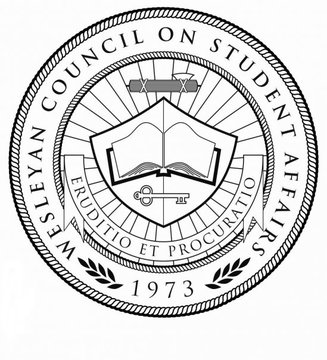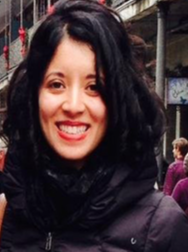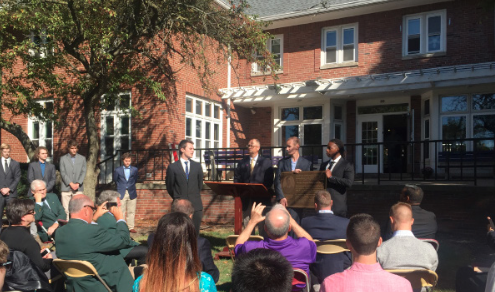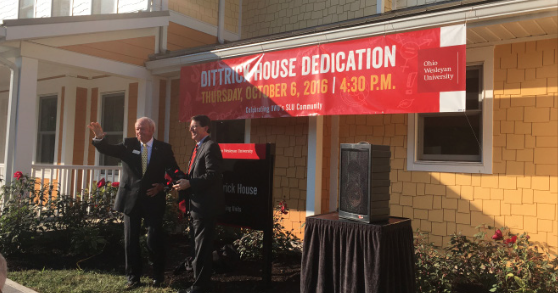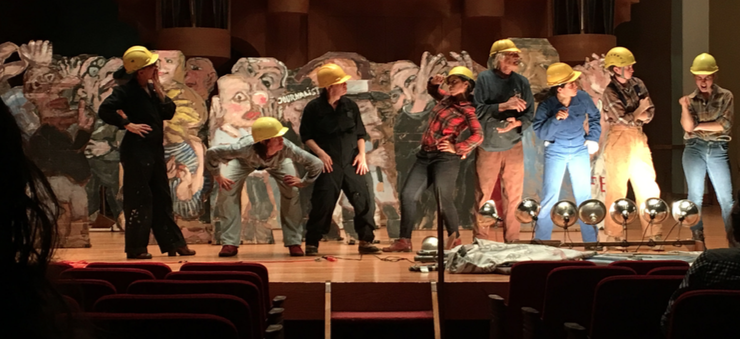By John Bonus, Transcript Reporter
The University Chaplain’s Office will send Ohio Wesleyan students around and outside the country with Interfaith Service Trips this year.
Student-lead teams will visit cities such as New Orleans, San Diego, Washington D.C, Pittsburgh and Columbus.
One team will also visit the Lakota Nation, a Native American tribe in South Dakota, and another team will do service in Bucerias, Mexico.
In past years, Interfaith Service trips have been known as mission trips. Chad Johns, associate chaplain and director of spring break mission week, said the change in title stems from the sometimes bad connotation associated with the word “mission.”
“For some, especially those who are not a part of the Christian tradition, the term ‘mission’ carries connotations of colonialism and forced conversion, which is, of course, the opposite of what our program seeks to do,” Johns said. “We decided to seek out other language that would be less problematic to our community while still retaining the sense that these service teams are being organized out of the Chaplain’s Office.”
The purpose of the teams is to provide service to a variety of people and organizations while also educating students on different cultures and cities around the globe.
Junior Shashank Sharma is serving as a leader of the team heading to Mexico this year. He said he visited Mexico last year for a winter internship and it inspired him to design a service trip that would return there.
“I had an amazing experience in Mexico last year and I hope to help my team have the same in the spring,” Sharma said.
“This program opens a doorway to diverse perspectives that you can’t find anywhere else.”
OWU has also been recognized nationally for its work in the Interfaith community.
The OWU “mission trips” that have been serving the globe for more than 2 decades have been a huge part of the interfiath community on campus, as students of all faith backgrounds serve together for a week.
There is a new local team this year serving at a local mosque, Noor Mosque, in which the team members come from multiple different faith and non-faith back- grounds.
“Service is where different faiths collide, several have the mission of serving others. I’m a leader for the Noor Islamic Cultural Center team working in Columbus because I want to learn more about the service the Muslim community is already involved in, engage in their projects, and promote the mission of the Interfaith movement,” said Olivia Lease, one of two student leaders of the Noor interfaith service team.
